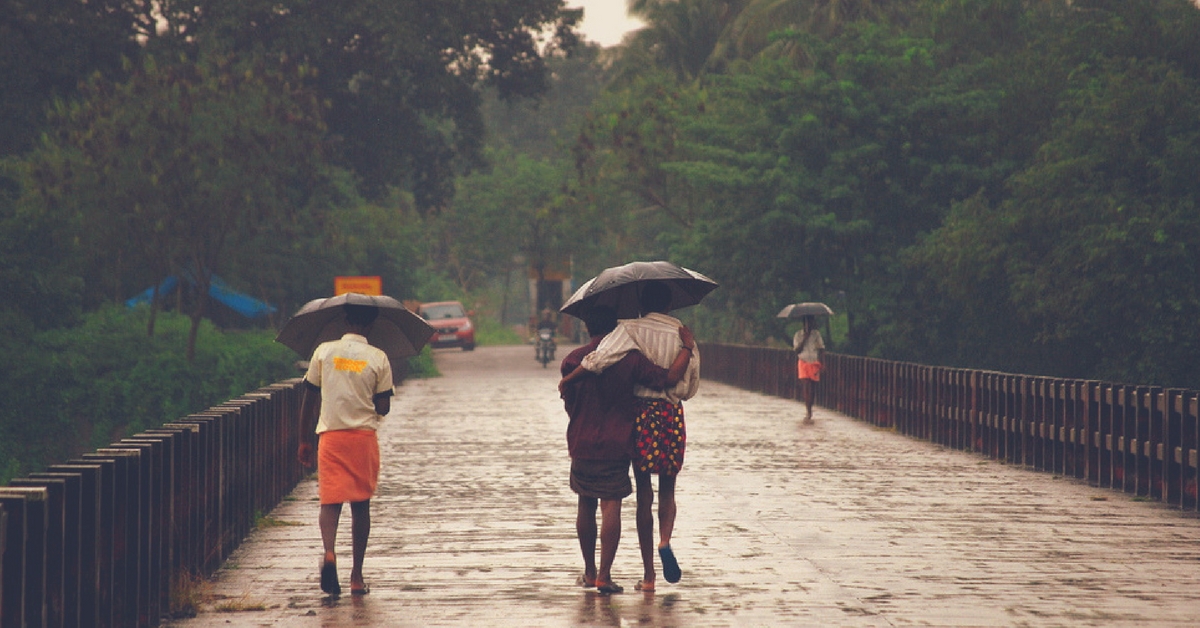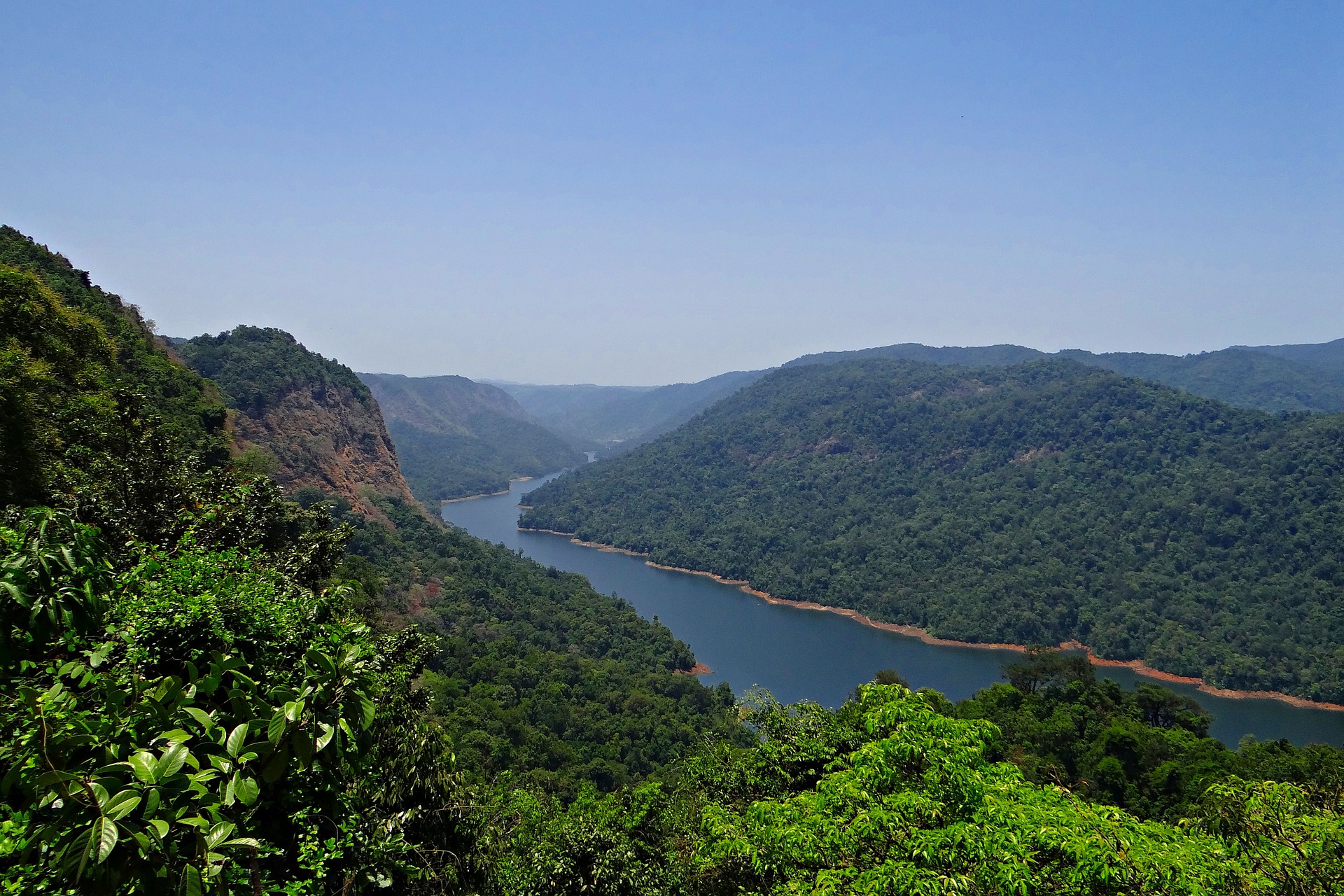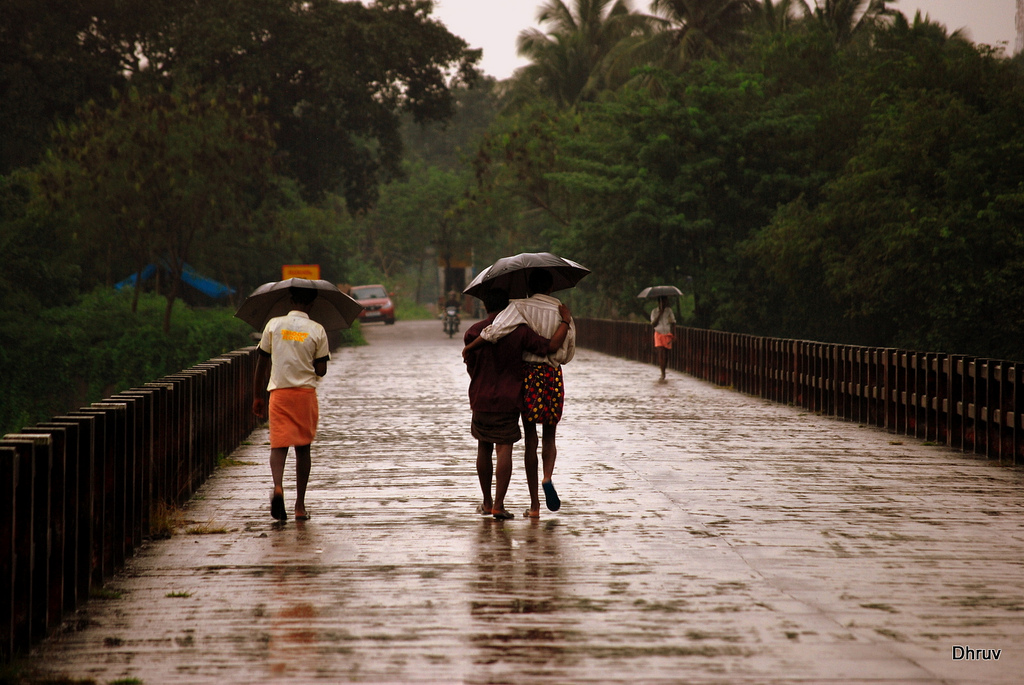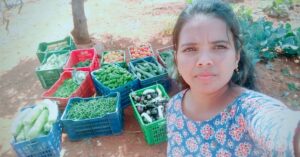No Fishing, Stars That Bring Rain & Other Legends Around the Breathtaking Monsoons in Western Ghats
Many of the beliefs and practices around monsoons in the Western Ghats reiterate the idea that our ancestors indeed worshipped and had an inseparable bond with nature.

Monsoons in India is a joyous occasion. If you happen to be in the west coast of India next to the mighty Western Ghats, you’d see how the Monsoon is indeed an emotion to the people living there. While the Ghats may run for 1,600 km from Maharashtra-Gujarat border and down south to Kerala, it is the portion in Karnataka that gets the highest amount of rainfall.
Thanks to the broad mountain range that is conducive to precipitation.

Hence, during monsoon, the colours in the towns and villages of Karavali/Canara (the coastal region) as well as the hilly regions of Malenadu undergo a transformation. The shade of green gets darker, the black tarred roads turn muddy brown and you’ll learn that only the surya-marked black umbrellas can withstand the force of the monsoons.
Monsoons enrich and disrupt life so much (depends on how you look at it) — your connection to civilization is hampered due to the river overflowing or trees/electric poles falling, and schools and colleges declare holidays every other day.
Monsoons show us despite all the developments we have made, nature is still the one calling the shots. Many of the beliefs and practices around the monsoons in the Western Ghats reiterate the idea that our ancestors indeed worshipped and had an inseparable bond with nature.
Menstruating Sea Goddess
In T.S. Pillai’s acclaimed novel Chemmeen, there is an instance where the author describes fishermen don’t go out into the sea when it turns red as “it was the time the sea goddess had her periods.” Though he doesn’t overtly mention that this period is during monsoons, it is assumed as such, for this is a practice that can be even found today in Karnataka as well as Kerala.
You may also like: Delhi University Researchers Discover 4 New Frog Species in Western Ghats
It is during the first rains of the monsoons that old water and new rain mix, turning the waters red. It is during the monsoons when fish breed, and hence, through this belief, the marine creatures are given a chance to repopulate.
Many of such beliefs remain within the lives of practitioners, looked at with curiously from a distance by others.
Shiny Harbingers of Rain
Reliance on Male-Nakshatra (literally translated to Rain Stars) is a common belief among the farming communities around the Ghats and beyond, majority of whom still depend on the monsoons for irrigation. Traditionally, it is said there are 27 rain stars, but only 12 of them bring rain.
Each star has a period of 15 days, where each spell of rain is identified with its name, such as Punarvasu rain, Pushya rain etc.

Unlike other parts of the world, six seasons are recognized across India and Nepal, where every two months a new season (or rutu) is introduced from Vasanta (Spring) to Shishira (prevernal or late winter). Each of the stars is associated with the months and the seasons they represent.
The Monsoon season or Varsha Rutu is believed to range from Mid-July to Mid-September when the stars like Punarvasu, Pushya, Ashlesha, Magha, Pubba, Uttara etc., bring rain. Each of these stars have folk stories and other rituals that are characteristic of the kind of rain they bring. The Uttara rain is said to be the most trustworthy rain, (falls around September 13 to 26) since people believe that if this rain does not come, children would not feed their parents. Since this is so rare, this rain is seen as a certainty. Similarly, around the time of Mage rain (around August 17 to August 29) there’s a practice of sowing the Munduga (indigenous dryland paddy) just before the rain is scheduled to begin. This needs to be sowed before sunrise, and in some version, naked, to reap most benefits!
Since the belief is of 27 rain stars, at least 27 different stories exist where gods become angry and women become rain, rivalling any stories of magic realism you have ever come across. However, what is undisputed is the way they are connected to the practice of agriculture.
A Bitter Blessing
A South Indian version of Karva Chauth, Bhimana Amavasye (Literally, “Bhima’s New Moon Day”) falls somewhere around late July- early August that is celebrated in most parts of Karnataka, Tamilnadu and Andhra Pradesh. While the focus of the worship here is one’s husband, the people drenched in Monsoon showers (especially Tulu-speaking populace of the region), expectedly have their heads turned in the opposite direction: towards nature.
Calling it Aati Amavasye, people will go to the forest to make a cut on the Devil’s tree or the Milkwood Pine (Alstonia scholaris) to collect the juice from the bark. The bitter juice, which is believed to have medicinal property, is given to everyone in the family before sunrise on an empty stomach as a precautionary measure. Since the festival falls during the middle of a rainy season, the old rainwater mixes with the new rainwater, a high-risk time for water-borne diseases and other ailments, it is believed that the bark known as the ‘Dita Bark’ can treat everything from stomach-ache to Malaria. The same bitter juice is even given as prasadam at many temples in the region.
When you’re so close to nature that every year new species are being discovered in your backyard, your life is bound to be connected to its wonders. For every story told, there are probably 20 more. However, what can be said with certainty is that human history is incomplete without stories that bind us to nature.
Like this story? Or have something to share?
Write to us: [email protected]
Connect with us on Facebook and Twitter.
NEW: Click here to get positive news on WhatsApp!
This story made me
-
97
-
121
-
89
-
167
Tell Us More
We bring stories straight from the heart of India, to inspire millions and create a wave of impact. Our positive movement is growing bigger everyday, and we would love for you to join it.
Please contribute whatever you can, every little penny helps our team in bringing you more stories that support dreams and spread hope.



















